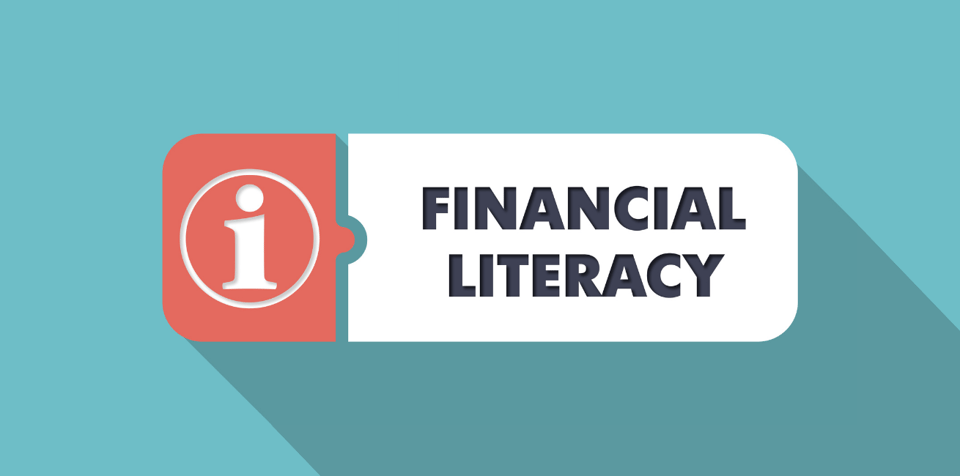The millennial financial planning journey often feels like a tightrope walk.
You're balancing the weight of past financial obligations—for example, student loans—while simultaneously trying to lay a strong foundation for a new generation. It’s challenging to dedicate resources to your kid’s college fund and your own retirement when the present budget feels strained.
We hear that. And we’re here to help with simple, smart, and straightforward strategies. With a few millennial-ready money management habits and plans, you can confidently build your secure future.
Step 1: Secure Your Present with Smart Money Management
The first step in any plan is building a solid base.
For financial planning for young families, this means taking control of your cash flow and establishing a safety net.
Become Aware of Your Finances by Tracking Everything
You can't manage what you don't measure.
Start by tracking every dollar for at least a month to understand where your money is actually going. This allows you to prioritize budgeting and save for future goals.
We know that’s easier said than done—but it is important. If you’re having a hard time figuring out how to track your expenses consistently, a few simple ideas to try include:
- Automating transfers to your savings right after payday to treat it like a fixed bill.
- Auditing your bank statements quarterly for unused subscriptions and recurring monthly fees.
- Using a best budgeting app for millennials to categorize every transaction effortlessly.
- Tracking and labeling your spending during a "no-spend weekend" once a month to find hidden savings.
- Scheduling a monthly 30-minute "money date" to review your spending and upcoming large bills.
- Using your bank's mobile app to set up real-time alerts for transactions over a certain threshold.
Build Your Financial Safety Net
Before you tackle investments, you need a cushion against life's inevitable curveballs—a job loss, a major home repair, or an unexpected medical bill.
This is where your emergency fund comes in. The amount you need to save may be unique to you, but, if possible, aim to establish a fund large enough to cover 3-6 months of essential living expenses and keep it in a separate, accessible savings account.
Step 2: Balancing the Big Debts and Future Savings
Here’s a question. Which should you prioritize: paying off student loans or saving?
Let’s see if we can determine an answer that feels right for you.
The Debt vs. Savings Debate
Although paying off student loans feels satisfying, it shouldn't completely halt your savings.
Generally, you should aggressively pay down high-interest, non-tax-deductible debt, such as credit cards. If you’re thinking about prioritizing lower-interest debt like student loans, know that it may be strategic to make sure you're contributing enough to your employer's 401(k) to capture the full matching contribution first—that's guaranteed money you shouldn't miss.
Invest Early and Diversify
When you're young, time is your greatest asset.
Invest in diversified portfolios to build long-term wealth and take full advantage of compounding interest. (An experienced wealth manager can help you with all this and more—it can be a lot simpler and more accessible than you think to get started.)
This might mean taking some time to explore your options for retirement vehicles or even finding a way to open a certificate of deposit (CD) or high-yield savings account.
Step 3: Planning for Family and Funding the Next Generation
As you take these steps, your wealth manager can also help you figure out the best way to fund your personal goals and long-term happiness.
For example, as your life changes and progresses, your focus may naturally shift to protecting and funding your family's future.
Protecting Your Family's Future
One of the most immediate and critical steps in financial planning for young families is protection. Even on a tight budget, securing life insurance for new parents is an affordable and essential measure to ensure your family can meet their financial needs if something happens to you.
Selecting a College Savings Strategy
Determining how to save for kids' college can feel like a big, complicated task with too many potential paths. As you explore the possible options, you'll likely encounter the debate between a 529 plan versus a Roth IRA for child savings.
- A 529 plan is specifically designed for education and offers tax-free growth and withdrawals for qualified expenses, making it an excellent, focused tool.
- A Roth IRA, although offering tax-free growth and flexibility in a pinch, has more restrictions and is primarily meant for retirement.
A financial professional can help you choose the vehicle that best aligns with your family's expected timeline and overall financial picture.
Seeking a Friendly Partner for Your Personalized Millennial Financial Plan?
Successful millennial financial planning involves a strong, digitized budget, early, diversified investing, and strategic planning for family needs.
Although these foundational strategies apply to everyone, your unique circumstances—debt load, income potential, and family goals—require a tailored approach.
That's why the first and most important step is to work with financial advisors to create personalized strategies for major life events. Professionals can help you navigate tax laws, complex debt structures, and the nuances of various investment accounts.
Ready to move from planning to action? Your team at BNC National Bank is ready to help you build a comprehensive strategy that turns your financial goals into realities. Reach out, and we’ll get started.

.jpeg?width=960&length=960&name=AdobeStock_1555307967%20(2).jpeg)


